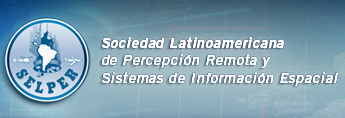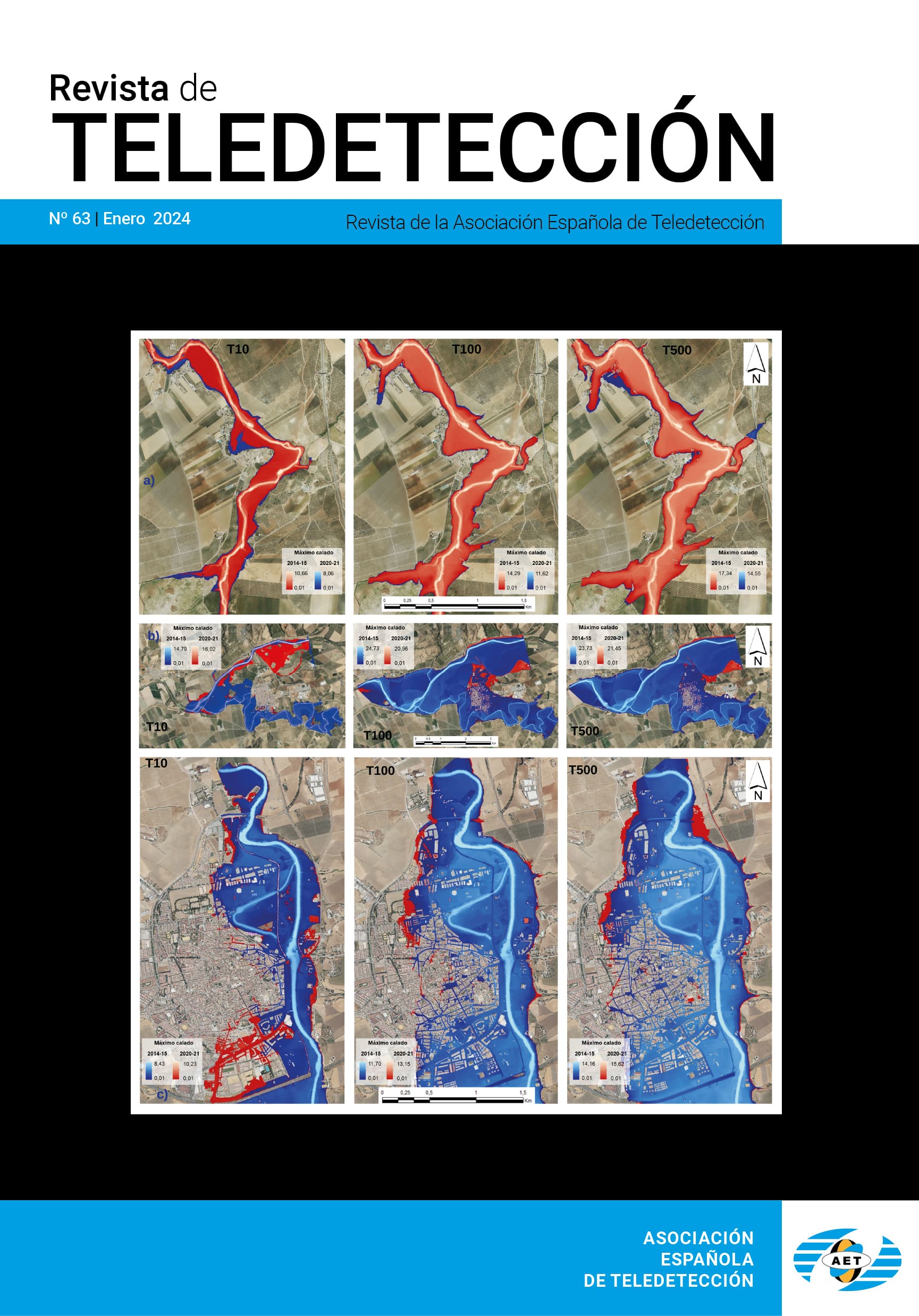Primera aplicación de imágenes Fasat-Charlie al estudio de praderas semi-áridas de Chile
A. Santamaría-Artigas (andres.santamaria.artigas@gmail.com)
RESUMEN
La Región semi-árida de Chile ha cobrado una gran relevancia durante las últimas décadas debido al aumento de la desertificación, ocurrencia de eventos extremos climáticos y decreciente volumen de precipitación. Esta situación condiciona a dicha región para convertirse en una zona de relevante interés científico en el estudio y análisis de los recientes fenómenos climáticos y su relación la cobertura de la superficie. En este contexto, las nuevas tecnologías satelitales que dispone Chile, podrían ayudar hacia una entrega constante de información actualizada de esta zona.
El Sistema Satelital para Observación de la Tierra (SSOT/Fasat-C) a cargo de la Fuerza Aérea de Chile (FACH) es el primer sensor multiespectral lanzado por Chile en diciembre de 2011 que presenta una resolución espacial de 5.8 metros para las bandas azul (455-520 nm), verde (528-588 nm), rojo (625-695 nm) e infrarrojo cercano (758-881 nm), y una resolución espacial de 1.45 metros para la banda pancromática (455-744 nm). Entre sus principales objetivos se encuentra la detección y monitoreo de cambios en el territorio chileno, con el fin de generar las bases para un sistema de respuesta en el caso de eventos extremos, así como permitir el estudio de series temporales de las superficies naturales afectadas por el cambio climático. En el presente trabajo se realizó una calibración radiométrica y posterior corrección atmosférica de una escena Fasat-Charlie. A partir de los valores de reflectancia de superficie, se calcularon diferentes curvas espectrales para coberturas de vegetación, suelo desnudo (del orden Aridisol) y concreto, siendo este último representativo de los materiales urbanos presentes en la zona. Estos comportamientos espectrales fueron comparados con información proporcionada por la Aster Spectral Library (ASL), encontrando un comportamiento similar. Luego se estimaron cuatro índices de vegetación: Cociente, NDVI (Normalized Difference Vegetation Index), LAI (Leaf Area Index) y MSAVI (Modified Soil Adjusted Vegetation Index). Los índices de vegetación estimados entregaron magnitudes bajas que podrían explicarse por la heterogeneidad espacial de la vegetación presente en el área de estudio. En este caso, el índice MSAVI fue el que representó de mejor manera la característica dispersa de la vegetación. Estos resultados muestran el potencial del Fasat-C para ser utilizado como una herramienta útil en el monitoreo, estudio y análisis de las coberturas de la superficie terrestre sometidas a constantes cambios de carácter global.
Palabras Clave: Fasat-C, Región-Semiárida, índices de vegetación, Chile.
ABSTRACT
The semi-arid region of Chile has gained great relevance in the recent decades mainly due to the constant desertif ication process it’s suffering, the increase of climatic extreme events occurrence and the decrease in the precipitation volume. This scenario makes the region a zone of great scientific relevance to the scientific community for the study and analysis of recent climatic events and their relationship with the land cover change process. In this context, satellite technologies now available to Chile could help towards a consistent delivery of updated information from this area. The Satellite System for Earth Observation (SSOT/Fasat-C) controlled by the Chilean Air Force (FACH) carries on board the multispectral sensor NAOMI-1 which has a spatial resolution of 5.8 meters for the blue (455-520 nm), green (528-588 nm), red (625-695 nm) and near infrared (758-881 nm) bands, and a spatial resolution of 1.45 meters for the panchromatic band (455-744 nm). Among its main objectives are land use change detection and monitoring in the Chilean territory, in order to create the basis for a response system in the case of extreme events, and to allow time series study of natural surfaces affected by climate change. In this paper the radiometric calibration and atmospheric correction of a Fasat-Charlie scene was carried out. Spectral signatures of vegetation, bare soil (Aridisol) and concrete were obtained from surface reflectance values. The spectral behavior was then compared with information from the Aster Spectral Library (ASL), and a similar behavior was found. Then, four vegetation indexes were calculated, those are: Simple Ratio (SR), NDVI (Normalized Difference Vegetation Index), LAI (Leaf Area Index) and MSAVI (Modified Soil Adjusted Vegetation Index). The estimated vegetation indexes showed low magnitudes, which could be explained by the scarce characteristics of the vegetation. The MSAVI index showed to be the one that best represented this scarce distribution of the vegetation. These results show the potential that the Fasat-Charlie has as a tool for the monitoring, study and analysis of land covers affected by constant global changes.
KEYWORDS: Fasat-C, Semi-arid region, vegetation index,Chile.
PULSE AQUI PARA DESCARGAR EL ARTÍCULO COMPLETO








